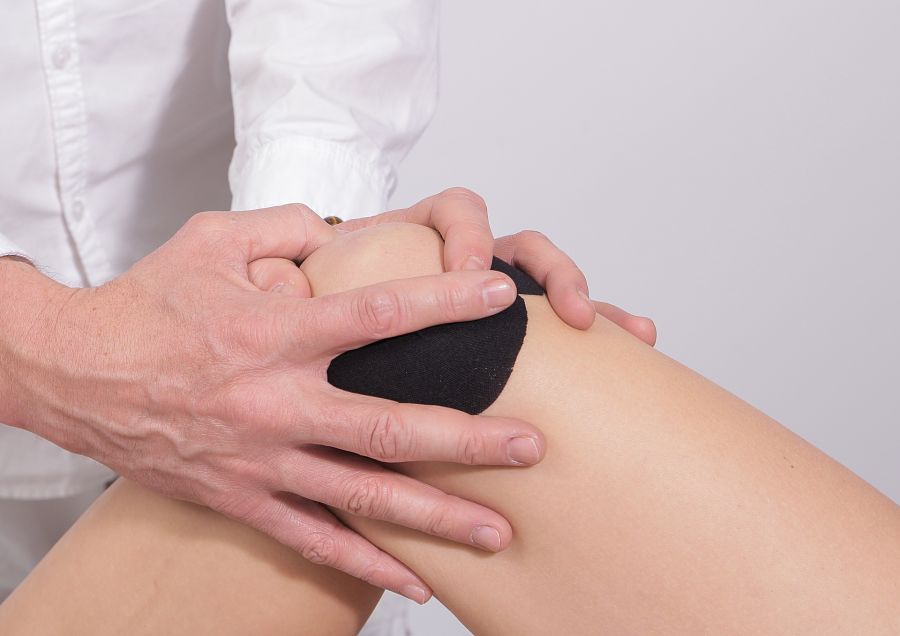Knee Injury from Squats

The knee is among the most injured joints in the human body in all types of sports. Most people have suffered a knee injury or some form of knee pain at some point in their lives. When it comes to doing squats, it’s rare for somebody to incur a traumatic knee injury such as a torn ACL. However, squatting wrongly can lead to horrible injuries.
A squat is a useful exercise that helps to strengthen the lower body. Functional physical activity builds muscle mass. But, the delicate knee joint structure is prone to injuries during squats.
Have you suffered a knee injury from squats in Milwaukee? The Milwaukee personal injury doctors for legal professionals can offer you the medical assistance you need.
Common Mistakes That Lead to Knee Injury from Squats
One of the biggest mistakes people make while squatting is failing to turn their knees out. Other common errors are:
- Bending at the hips
- Allowing the knees to collapse inward or keeping them in line with the toes. That will deactivate the glutes and cause damage to the knees
- Failing to squat low enough because of insufficient mobility in one’s hip flexors
- Raising the shoulders to the ears, resulting in a rounded back
- Shifting weight into toes, making the motion quad-dominant
- Leaving the ankles to flex too much that the knees move too far away from the toes. Doing so will make the activity quad-dominant with nearly no activation of your glutes
How to Squat Properly
To execute the perfect squat, you should:
- Stand with the feet apart at a distance that’s just a little wider than your hip-width
- Face the toes frontwards
- Position your shoulders and back downwards, keep the arms at the side, and face forward
- Maintain a neutral spine with zero rib flare to increase core engagement
- Ensure to bend simultaneously at your knees, ankles, and hips
- With your weight spread across the entire foot, spread the knees outside your middle toe. That will lead to the activation of the glutes
- Sit sufficiently low to allow the hip crease to dip beneath the knee for optimal engagement
- Raise your arms to shoulder length in front of you to balance better
- Keep facing forward and do not let the pelvis tilt backward, tucking your butt below you. That can result injure the lower back
- Move up and squeeze your glutes at the upper part
It’s worth noting that a squat method that is ideal for one individual may not necessarily be suitable for somebody else. We all have different bodies. Do not fear to make small modifications to your posture, until you find a technique that fits you.
Ways to Adjust Squats Following a Knee Injury
- Restrict the range of movement by which you squat. Try not to bend so far and focus on putting more bend in the hips than knees
- Increase the width between the feet. Rather than keeping them hip-width apart, widen your stance.
- Change where you hold the weight. E.g., if you usually hold the barbell across the upper back, modify and place a dumbbell in both hands with your arms at the sides.
Squats are efficient muscle builders, but you ought to practice them with care. If you suffer a knee injury from squats, please consult a physician from the Wisconsin Medical Group immediately to prevent further complications.

